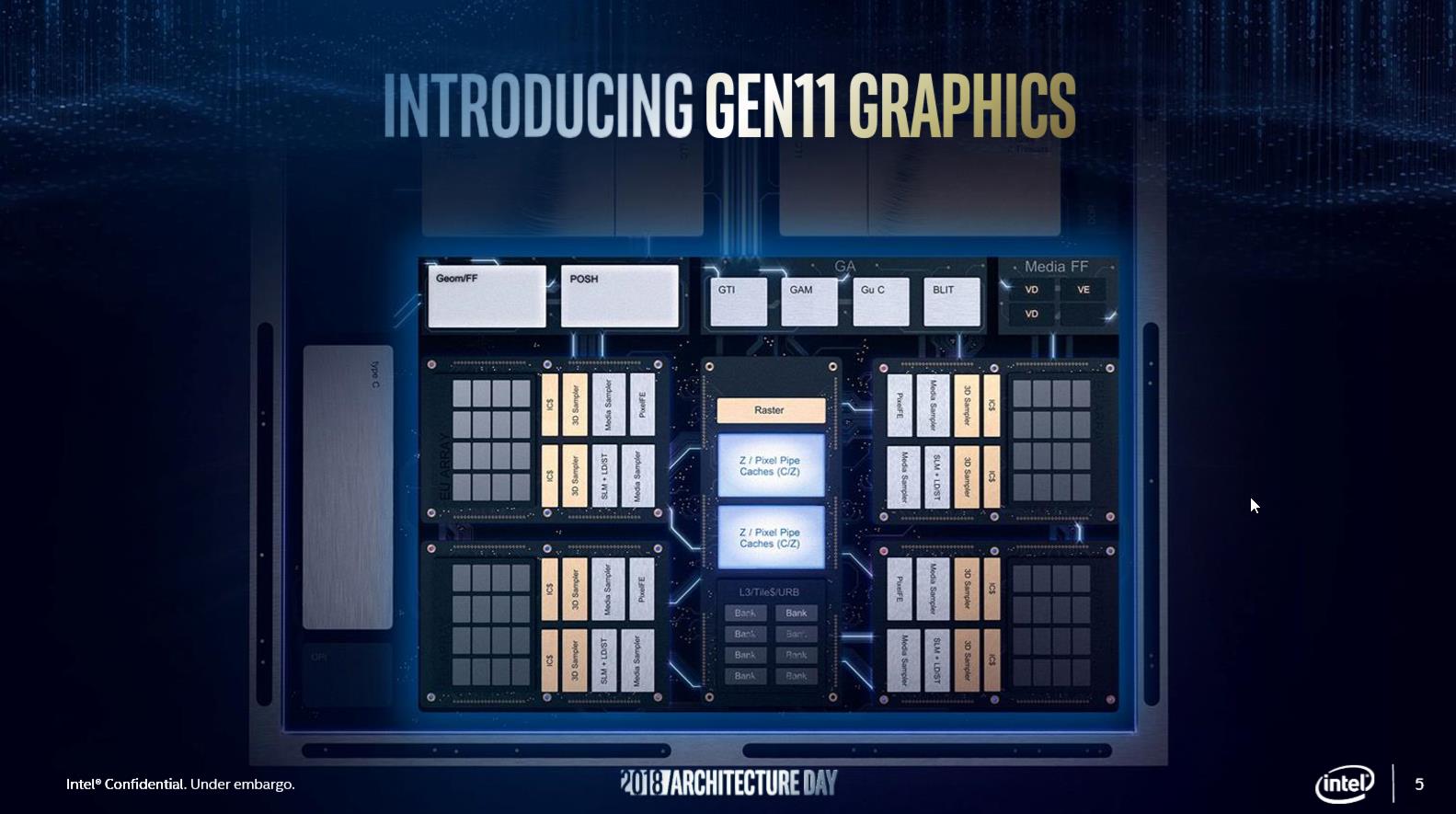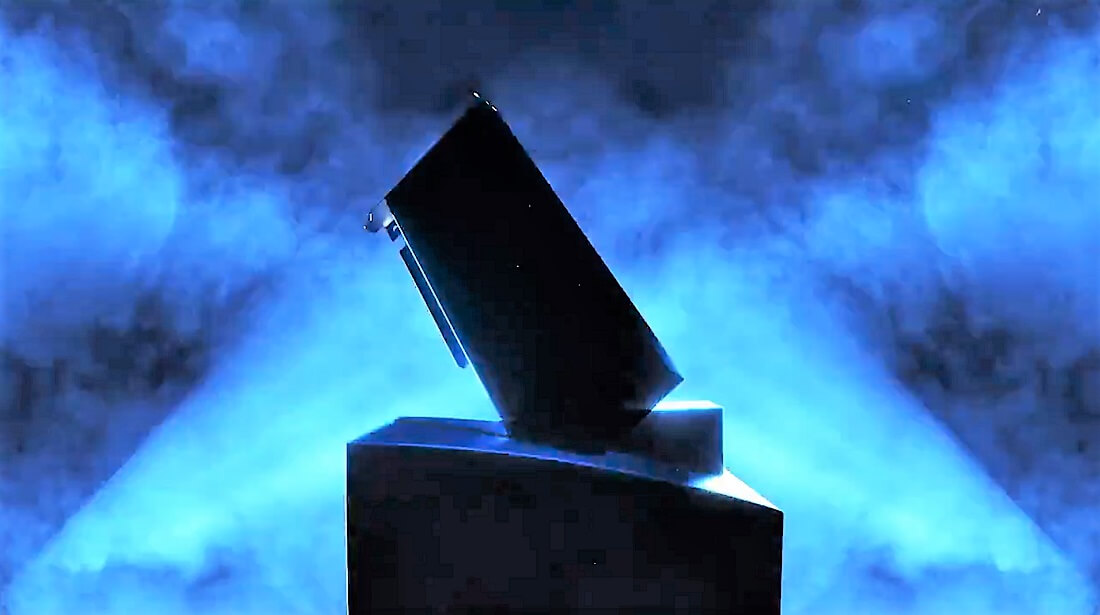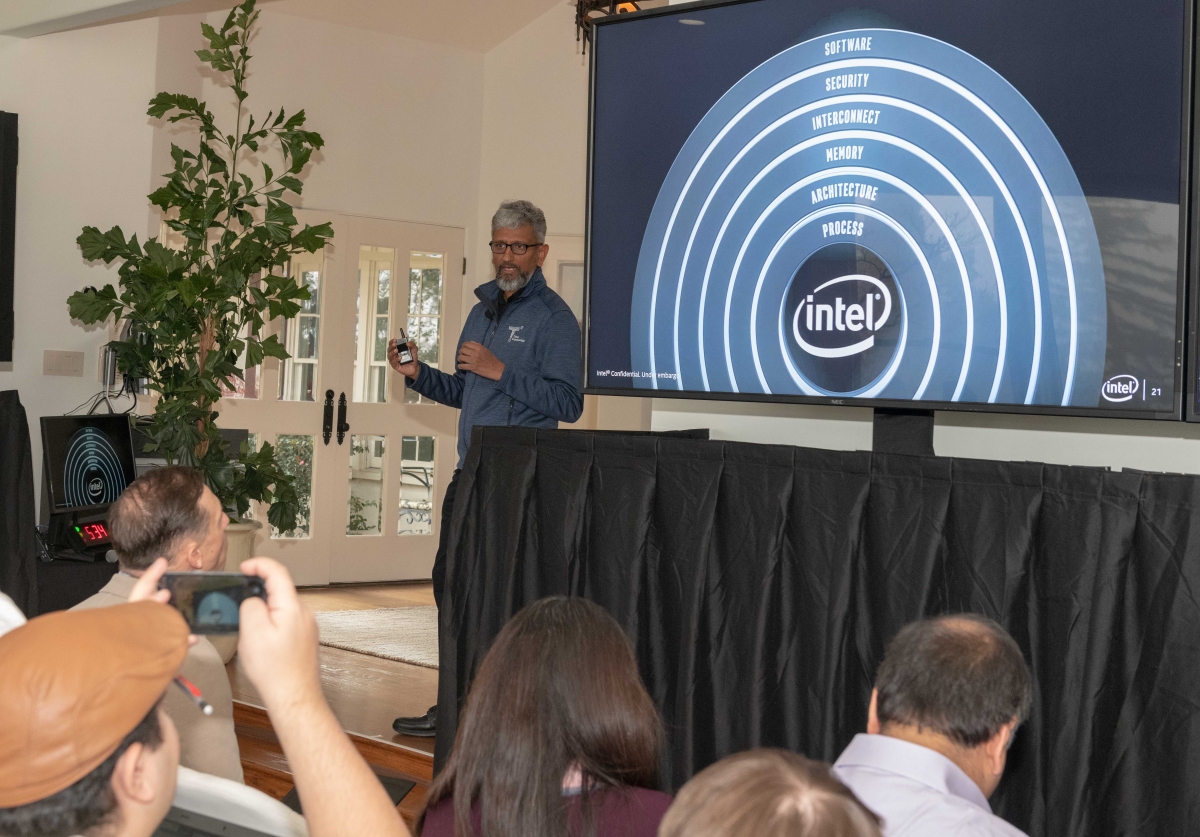Why it matters: Intel's integrated graphics have historically lagged behind the competition (AMD) but with Gen11, Chipzilla could gain some serious ground. It's not going to make a difference for hardcore gamers who want the absolute best experience but for casual gamers, it'll likely be more than sufficient.
Intel at its 2018 Architecture Day announced a number of exciting next-gen technologies including its Gen11 integrated graphics.
Skipping right over Gen10, Intel's next integrated graphics solution promises to break the 1 TFLOPS barrier thanks in part to the inclusion of 64 enhanced execution units (more than twice as many as the 24 EUs that Gen9 graphics featured).

Intel said the new integrated graphics architecture is expected to double the performance of Gen9 graphics on a per-clock basis, resulting in much improved gameplay capabilities. Support for Intel Adaptive Sync technology is another boon.
Ars Technica was on hand for the event, witnessing a demonstration of Tekken running at medium graphics at 1080p. The publication described it as "playable" on Gen11 graphics but a "slow jerky mess on Gen9."
New media encoders and decoders, meanwhile, will support 4K video streams and 8K content creation.
Intel's new Gen11 graphics will appear on 10nm-based processors starting in 2019.

Chipzilla also reaffirmed its plans to introduce a discrete graphics processor by 2020 (apparently named "Xe" and pronounced ecks ee) although unfortunately, no further details were shared on the subject.
